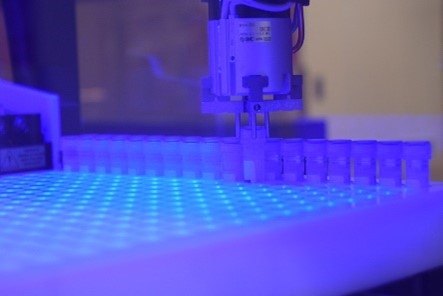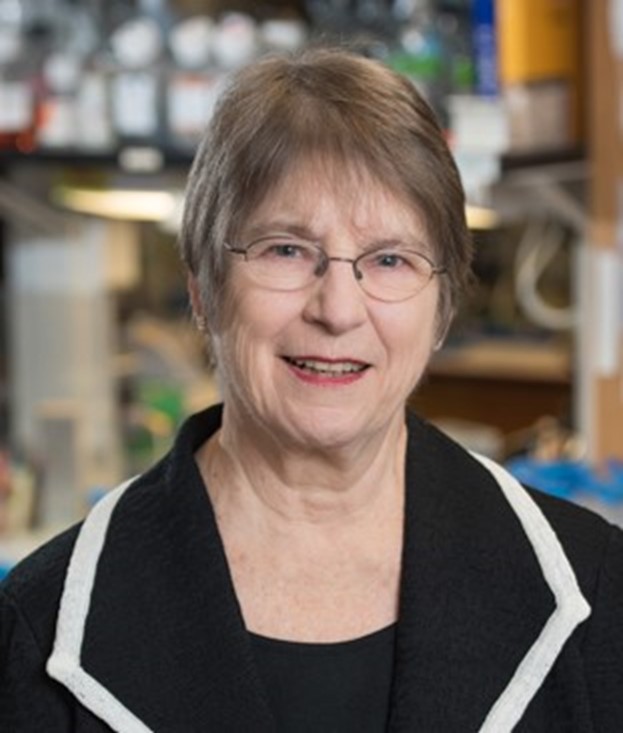Ring In the New Year With Basic Research
December 27, 2023
Continue Reading
Propelling Rare Disease Research for More Than 50 Years
February 22, 2023
Continue Reading
Five Outstanding Stories From 2022
December 28, 2022
Continue Reading
Sparking Rural Students’ Interest in STEM
November 8, 2022
Continue Reading
Hunting Disease-Causing Genetic Variants
June 29, 2022
Continue Reading
How Bacteria-Infecting Viruses Could Save Lives
April 20, 2022
Continue Reading
Cloudy With a Chance of Scientific Discoveries
March 16, 2022



